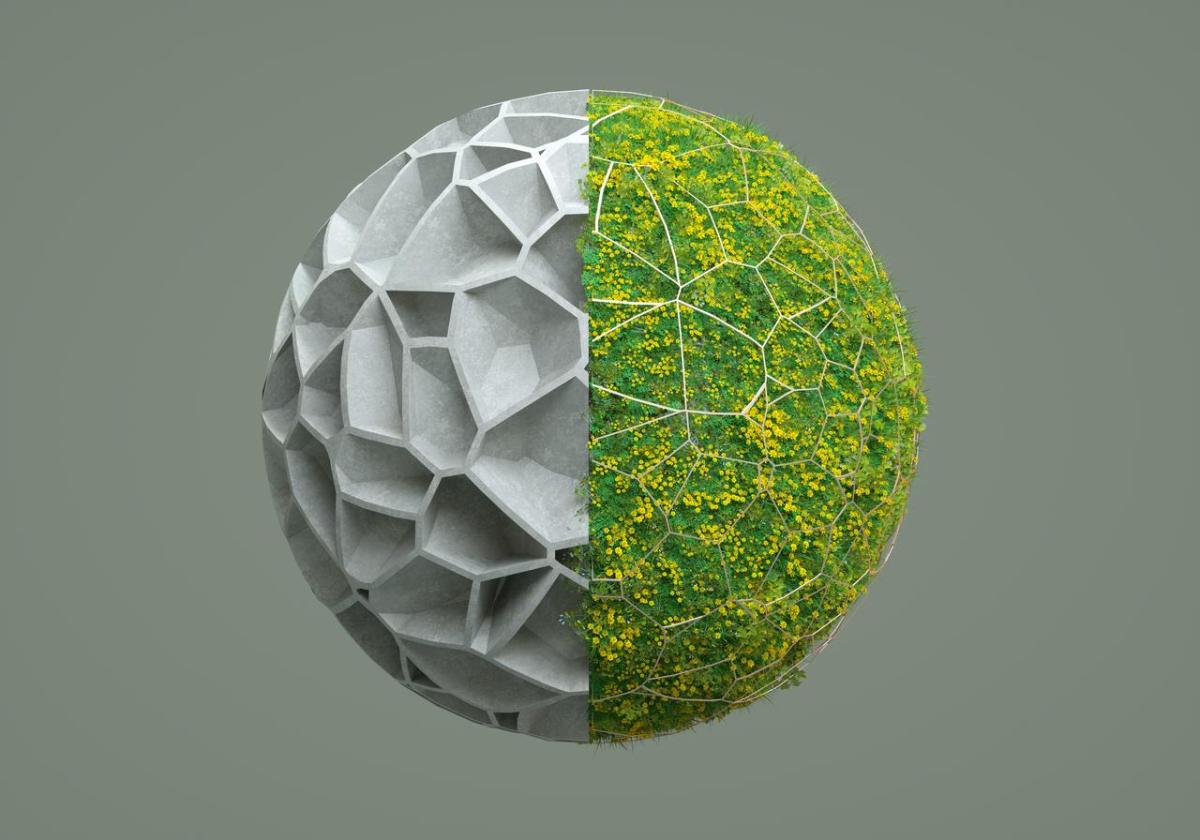The circular economy has become part of the habits of more and more people. The implementation of new technological tools is impacting the sector in a very noticeable way, not only because it helps to improve production processes, but it also contributes to boosting new ways of recycling and, in addition, it is changing waste management.
Regarding the new lives that technology gives to what is no longer used, the direct benefit it gives to environmental protection and the repercussion it has on the local economy of many regions is already well known. This is possible because the cycle of raw materials is kept longer in circulation by moving from a linear model in which they are extracted and finally thrown away, to a model in which these materials are consumed and reused.
Technology and recycling, new industrial models
Technology is the key to giving a second life to a recycling sector that must respond to a growing problem: what to do with the more than 10,000 tons of waste that, according to the United Nations, is generated each year worldwide?
In this alarming amount of waste, there are about 50 tons of so called e-waste or electronic waste, i.e., all those devices that are outdated due to the speed at which electronics advance and make these devices obsolete.
The introduction of new technologies has gone beyond the limits of their function in optimizing the management of materials and natural resources to make the best use of resources and has given way to new tools to make more use of raw materials and produce less waste.
Technological innovation also generates jobs that did not exist before related to new industrial models of production and recycling and is capable of driving other production models in which the raw material is waste, as well as developing new applications where recycling and reuse are the objectives.
Internet of Waste: IoT and waste
Connectivity is already part of waste management processes. This is the so-called Internet of waste, which combines recycling and the operability of the Internet of Things and Artificial Intelligence. There are already platforms that use Big Data tools and sensors to process the data provided by waste collection in such a way that the process of sorting and classifying waste for recycling is optimized to the maximum.
This is a reality that has been underway for years with projects and initiatives such as those of organizations like Ecoembes, in which, with a simple App, citizens form an essential part of these processes.
By equipping recycling containers, waste garbage cans, and community garbage cans with connectivity, it is possible to analyze and obtain useful conclusions in real-time from information on aspects such as the amount and type of waste generated. And in the case of equipping vehicles with geolocation sensors, can help companies in charge of transporting waste to optimize their routes to recycling plants. All of this fits into the framework of the connected home and Smart Cities.
The advantages of using connectivity together with Artificial Intelligence make technology intervene in a 360o way in the management cycle of all types of waste, even the most dangerous for health and the environment, which implies the actions of classification, separation, and treatment for recycling, reuse or repair, or its possible destruction as a final option.
5G and Big Data also help to recycle
Connectivity and digitalization applied to the recycling sector make data available. And data is essential for increasingly optimized, efficient, and sustainable waste management. In order to support this growing number of connected devices, it is necessary to rely on the current power provided by 5G.
The implementation of a powerful infrastructure is the first step to start this cycle of reuse and recycling and is the driving force for change in the sector. 5G connectivity makes it possible to create platforms where the data collected is then managed for further analysis, applying Big Data tools. Elements such as containers are transformed into intelligent objects that provide valuable information and traceability to waste on the type of waste, the area in which it is deposited, or the frequency of use of these containers for removal.
3D technology to reuse waste
3D printing is a good example of how technology and recycling are connected to give a second life to waste. The reason is that the plastic that is thrown away can be reused as material for new printing projects: from furniture to the manufacture of prostheses.
In addition to plastic waste, there are companies that are working on creating other 3D printing materials from organic waste from wood or steel.
Other scientific and technological branches are also being applied in the creation of new materials from other recycled materials, such as nanotechnology to optimize recycling processes and make them more efficient; and biotechnology for the reuse of organic waste.









